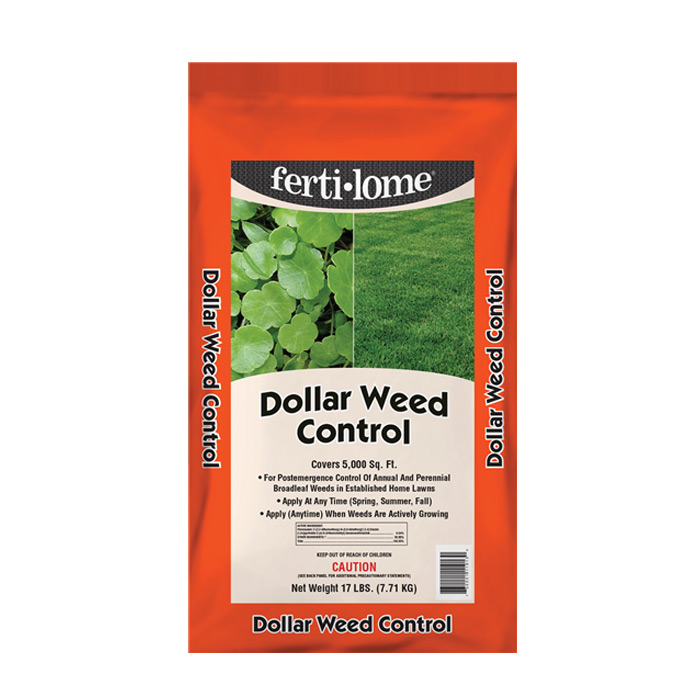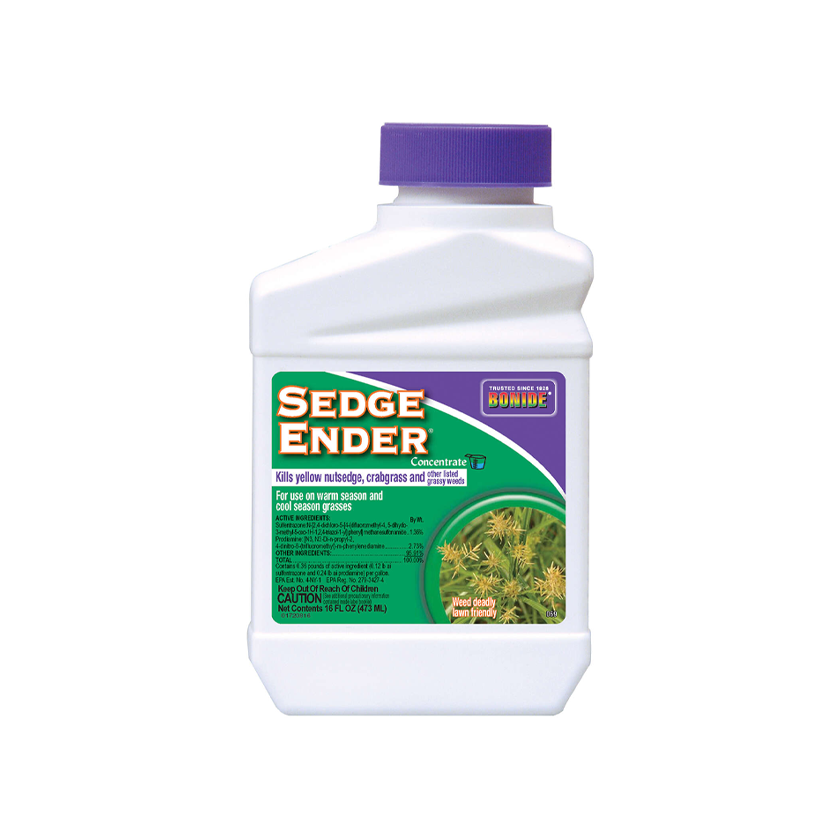You may not even notice you have crab grass until you see large brown spots in your grass during the winter as it is a common summer weed that dies off in the winter. It is a common summer annual and unless you manage it early, you may need to tolerate it.
Crab grass is difficult to manage because each plant can produce up to 200,000 seeds and in addition, there is not a selective post-emergent* (* can already see the weed) that can be sprayed on the grass after it comes out of the ground because post-emergent herbicides may also kill some of your grass.
First order of business is start in early in the year before the crabgrass germinates with using a pre-emergent* (*can’t see weeds yet) product such as Weed & Grass Stopper, followed by Weed & Feed (the weed part of this product is mostly pre-emergent).
However, if you find yourself with crabgrass there are a couple of products that will help:

Mow turf grass 2 to 3 days prior to applying. A thorough sprinkler irrigation needs to be applied the day before. Apply early in the morning when grass is damp. Avoid watering for 24 hours after. Reapply within 30 days. Do not apply more than twice a season.
Best control is obtained when applied to actively growing weeds in spring or early fall. You may see large areas of brown/ yellow where the weeds or crabgrass is dying.

Kills nutsedge, crabgrass and more
For use on warm & cool season grass
Pre and post emergent control
This product will kill the crab grass, however, can also damage some of the surround grass around it if not well established or weakened for some reason.
Your grass will have large, yellow/ brown spots in it where the crab grass is dying off.